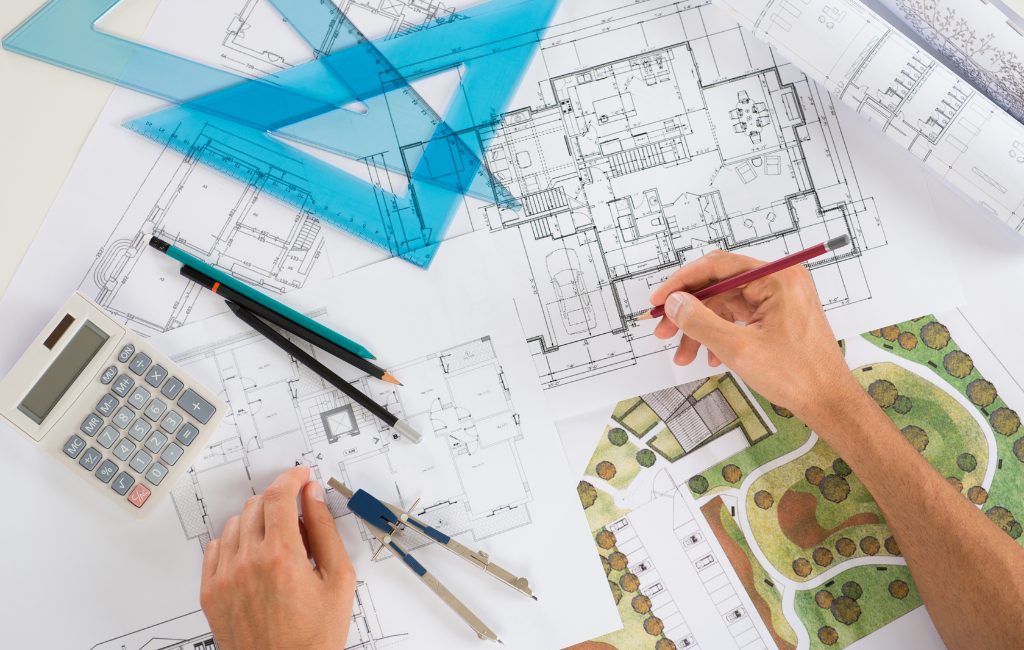Architect: Bringing Vision to Life Through Innovative Design
Architecture stands as a testament to human ingenuity and creativity. It is the art and science of designing spaces that not only serve functional purposes but also inspire and elevate the human experience. Architects play a pivotal role in shaping the built environment, transforming abstract ideas into tangible structures that define our cities and communities.
The Role of an Architect
An architect’s responsibilities extend far beyond mere design. They are involved in every phase of a project, from initial concept to final construction. Their work encompasses a variety of tasks, including:
- Conceptualizing and developing design ideas
- Creating detailed architectural plans and blueprints
- Collaborating with engineers, contractors, and other stakeholders
- Ensuring compliance with building codes and regulations
- Overseeing the construction process to ensure design integrity
Conceptualizing and Developing Design Ideas
The initial phase of any architectural project involves brainstorming and conceptualizing. Architects must consider the client’s needs, the site’s characteristics, and the project’s purpose. This stage often includes sketching preliminary designs and creating 3D models to visualize the final structure.
Creating Detailed Architectural Plans and Blueprints
Once the concept is approved, architects move on to creating detailed plans and blueprints. These documents serve as a roadmap for the construction team, outlining every aspect of the building, from structural elements to interior finishes. Precision and attention to detail are paramount at this stage.
Collaboration and Compliance
Architects work closely with engineers, contractors, and other professionals to bring their designs to life. This collaboration ensures that the project is feasible and meets all safety and regulatory requirements. Effective communication and teamwork are key to a successful outcome.
Innovative Design in Architecture
Innovation is at the heart of modern architecture. Architects continually push the boundaries of design, exploring new materials, technologies, and construction methods. Some of the most groundbreaking architectural projects in recent years include:
- The Burj Khalifa in Dubai, the tallest building in the world
- The Sydney Opera House, renowned for its unique sail-like design
- The Guggenheim Museum in Bilbao, a masterpiece of contemporary architecture
Sustainable Design
Sustainability has become a central focus in architecture. Architects are increasingly incorporating eco-friendly materials and energy-efficient systems into their designs. This approach not only reduces the environmental impact of buildings but also enhances their long-term viability.
Smart Buildings
The advent of smart technology has revolutionized architecture. Smart buildings are equipped with advanced systems that optimize energy use, enhance security, and improve occupant comfort. Examples include the Edge in Amsterdam, one of the most sustainable and intelligent office buildings in the world.
Case Studies: Iconic Architectural Projects
The Burj Khalifa
The Burj Khalifa in Dubai stands as a symbol of architectural innovation. At 828 meters tall, it is the tallest building in the world. Designed by Adrian Smith of Skidmore, Owings & Merrill, the Burj Khalifa features a unique Y-shaped floor plan that maximizes views and natural light. Its construction involved cutting-edge engineering techniques and materials, setting new standards for skyscraper design.
The Sydney Opera House
The Sydney Opera House is an architectural icon recognized worldwide. Designed by Danish architect Jørn Utzon, its sail-like structures are a marvel of modern engineering. The project faced numerous challenges, including budget overruns and construction delays, but it ultimately became a masterpiece of 20th-century architecture.
The Guggenheim Museum Bilbao
Frank Gehry’s design for the Guggenheim Museum in Bilbao, Spain, is a stunning example of contemporary architecture. Its flowing, organic forms and titanium-clad exterior have made it a landmark in the world of art and design. The museum’s success has also revitalized the city of Bilbao, demonstrating the transformative power of architecture.
The Future of Architecture
The future of architecture promises even more innovation and creativity. Emerging trends include:
- 3D-printed buildings, which offer new possibilities for customization and efficiency
- Biophilic design, which integrates natural elements into built environments
- Adaptive reuse, which repurposes existing structures for new uses
3D-Printed Buildings
3D printing technology is revolutionizing construction. Architects can now create complex, customized structures with unprecedented speed and precision. This technology has the potential to reduce construction costs and waste, making it a game-changer for the industry.
Biophilic Design
Biophilic design seeks to connect people with nature through architecture. This approach incorporates natural elements such as plants, water features, and natural light into building designs. Studies have shown that biophilic design can improve occupant well-being and productivity.
Adaptive Reuse
Adaptive reuse involves repurposing existing buildings for new functions. This approach not only preserves historical structures but also reduces the environmental impact of new construction. Examples include converting old factories into loft apartments or transforming warehouses into office spaces.
Conclusion
Architects play a vital role in shaping the built environment through innovative design. Their work encompasses a wide range of tasks, from conceptualizing ideas to overseeing construction. By embracing new technologies and sustainable practices, architects continue to push the boundaries of what is possible, creating spaces that inspire and elevate the human experience.
